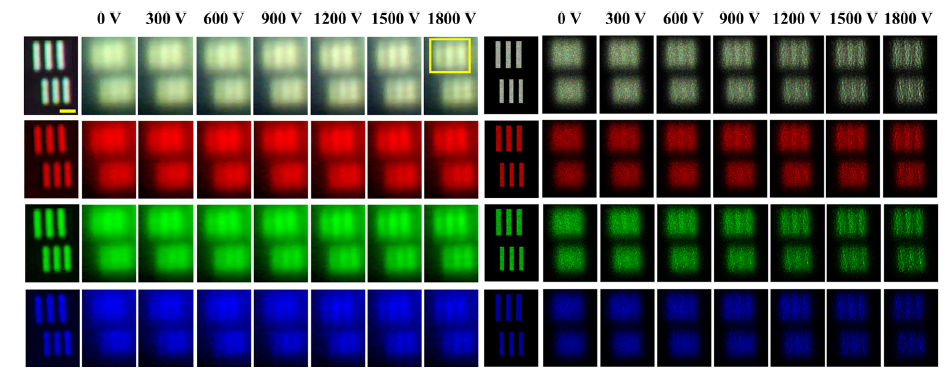Recently, the research group led by Prof. Dr. Hongjun Liu from Xi'an Institute of Optics and Precision Mechanics (XIOPM) of the Chinese Academy of Sciences (CAS) made a new progress in weak-optical image reconstruction based on optical stochastic resonance. They demonstrated a nonlinear method of weak white-light image reconstruction, which is of great important to object detection in noisy environments. The paper entitled “White-light image reconstruction via seeded modulation instability” was published in Physical Review Applied.
The weak optical signal detection are overwhelmed by strong scattering noise when propagating through a scattering medium. Conventional weak-optical imaging methods improve the image quality by filtering scattered light, which causes the loss of image edge and detail information of high frequency. The extraction and reconstruction of weak optical images completely overwhelmed by strong noise is a fundamental scientific problem and a key technology bottleneck in weak optical signal detection.

Weak white-light image reconstruction via optical stochastic resonance versus applied voltages. Left side: experiment; right side: simulation. ( Image by XIPOM)
For the first time, XIOPM research team theoretically and experimentally demonstrated, the weak white-light image reconstruction via optical stochastic resonance based on spatially incoherent modulation instability. Optical stochastic resonance exploits nonlinear optical effects to achieve the nonlinear coupling between signals and noise and the signal-induced energy transfer from noise to signals, which leads to the signal-to-noise improvement of weak optical images. The phenomena reveals the available characteristic of noise. This overturns a long-held belief that noise is harmful, breaks the traditional filtering idea for signal extraction by eliminating noise, and opens up a totally new method and thought for weak optical signal detection.


